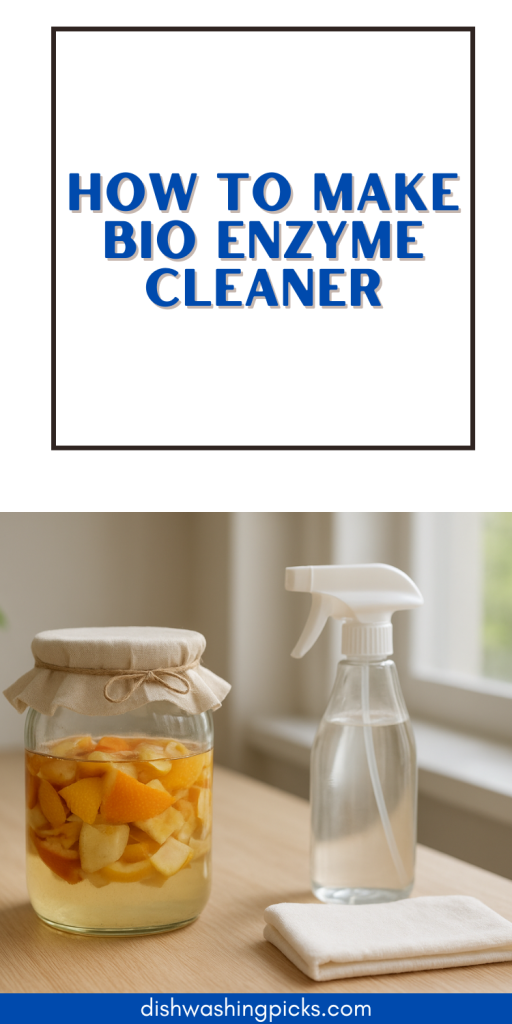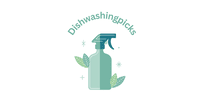
Cleaning with Science (and a Little Patience)
Ever open a bottle of commercial cleaner and get knocked back by that whoa-what-is-that-smell kind of chemical punch? Yeah, not exactly the vibe you want when you’re scrubbing your kitchen counter. That’s where bio enzyme cleaners come in.
They sound fancy, right? Like something straight out of a science lab. But here’s the secret: you can actually make them at home using nothing more than fruit scraps, sugar, and water. Yep—those orange peels you usually toss in the trash? They can transform into a powerful, eco-friendly cleaner. Think of it as science meets sustainability.
Why Bio Enzyme Cleaners Are Worth the Hype
Let’s pause for a second and answer the big question: why bother making one?
- Eco-friendly: No harsh chemicals, just natural fermentation.
- Budget-friendly: You’re basically turning waste (fruit peels!) into something useful.
- Multi-purpose: Works on floors, counters, bathrooms—you name it.
- Smells amazing: Citrus peels give it that fresh, clean scent without any artificial perfume.
Imagine this: instead of buying another plastic bottle of cleaner, you’re reusing what you already have at home. That’s a small but mighty win for both your wallet and the planet.
What You’ll Need (Spoiler: Not Much)
Here’s your short and sweet ingredient list:
- Fruit peels (citrus works best: orange, lemon, pineapple, etc.) – 1 part
- Brown sugar or jaggery – 1 part
- Water – 10 parts
- A clean plastic bottle with a cap (don’t use glass, the pressure from fermentation might crack it!)
Optional: a funnel to make pouring easier.
That’s it. Simple, right?
Step-by-Step: How to Make It
Here comes the fun part—your mini science experiment.
- Take your clean plastic bottle and add the fruit peels.
- Add the brown sugar or jaggery.
- Pour in the water using the 1:1:10 ratio.
- Seal the bottle tightly, give it a good shake, and then loosen the cap just a bit. (This is important—fermentation releases gas, so you don’t want a mini explosion in your kitchen.)
- Store it in a warm, dark corner for 3 months.
Yes, you read that right: three months. This isn’t an instant cleaner—it’s more of a slow-brew process. But trust me, it’s worth the wait.
The Waiting Game (and How to Manage It)
Okay, so three months feels like forever. But here’s the good news: during that time, the enzymes are busy breaking down organic matter and turning your mix into a powerful natural cleaner.
Here’s what you need to do while waiting:
- Shake the bottle daily for the first month to keep things active.
- Release gas by loosening the cap every few days.
- Be patient. (Honestly, this is the hardest step.)
At the end of three months, strain the liquid into another clean bottle. That golden-brown liquid? That’s your bio enzyme cleaner.
How to Use It Around the House
Now comes the payoff—actually cleaning with your DIY creation.
- For floors: Mix 1 part cleaner with 20 parts water.
- For bathrooms/kitchen counters: Use 1 part cleaner to 10 parts water.
- For stubborn stains or grease: Apply directly, let it sit a few minutes, then scrub.
Bonus: it even works as a natural pesticide for plants (just dilute more heavily).
Pro Tips for Success
Before you run off and start fermenting everything in sight, a few quick pointers:
- Stick to plastic bottles only—fermentation gas + glass = bad idea.
- Use brown sugar or jaggery instead of white sugar—it ferments better.
- Citrus peels make it smell the best, but you can experiment with other fruit scraps too.
- Label your bottle with the date you started, so you’re not guessing later.
Cleaning the Smarter, Greener Way
And there you have it—a natural, eco-friendly cleaner made from stuff you’d normally throw away. Sure, it takes some patience, but once you’ve got a bottle brewing in the corner, it pretty much takes care of itself.
So next time you’re peeling an orange or chopping up a pineapple, don’t toss those scraps. Think of them as the beginning of your next batch of bio enzyme cleaner. Who knew cleaning your house could feel this good and this sustainable?
